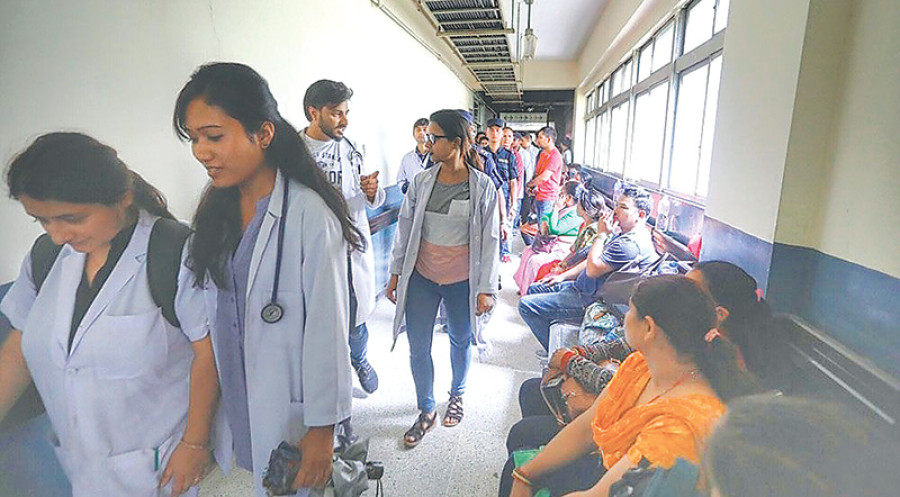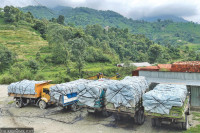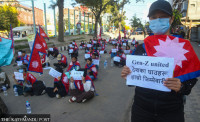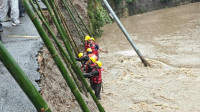Valley
Averting hospital-acquired infection a major challenge
A major concern among healthcare providers in Kathmandu is hospital-acquired infections. Patients with already weakened immunity always face the risk of picking up infections
Arjun Poudel
A major concern among healthcare providers in Kathmandu is hospital-acquired infections. Patients with already weakened immunity always face the risk of picking up infections. The constant flow of bacteria and virus into the hospitals with the patients also put staff and visitors at risk.
“Prevention of infection in healthcare facilities is a major challenge,” Dr Dharmakanta Baskota, chairman of the Nepal Medical Council, told the Post. “And this is one of the major components of the Continuous Professional Development (CPD) guidelines developed by the council.”
The council said it has decided to provide training to doctors to prevent hospital-acquired infections and that such training programmes would be organised in all seven provinces.
The Nepal Medical Council (NMC) is the regulatory body for medical doctors, hospitals and all medical institutions.
“Every medical doctor must participate in the CPD trainings for their NMC license renewal,” said Baskota.
Hospital-acquired infection—or health care-associated infection—also referred to as “nosocomial” is an infection occurring in a patient during the process of care in a hospital or other health care facility which was not present or incubating at the time of admission.
The World Health Organisation (WHO) says infections acquired in healthcare settings are among the major causes of death and increased morbidity among hospitalised patients.
Patients are highly likely to acquire influenza, tuberculosis and several other airborne infectious diseases from each other while in lines for tickets or while waiting for their turns.
The WHO says every day health care-associated infection results in prolonged hospital stays, long-term disability, increased resistance of microorganisms to antimicrobials, massive additional costs for health systems, high costs for patients and their family, and unnecessary deaths.
Those accompanying the patients also are at risk.
“We will discuss the risk factors and precautionary measures during the training programmes,” said Baskota. “Making separate lines for patients for buying tickets depending on the nature of their diseases—communicable or non-communicable—could be a good starting point. The hospital management can easily implement this by putting notice boards and deploying staff for screening of the patients.”




 22.12°C Kathmandu
22.12°C Kathmandu










